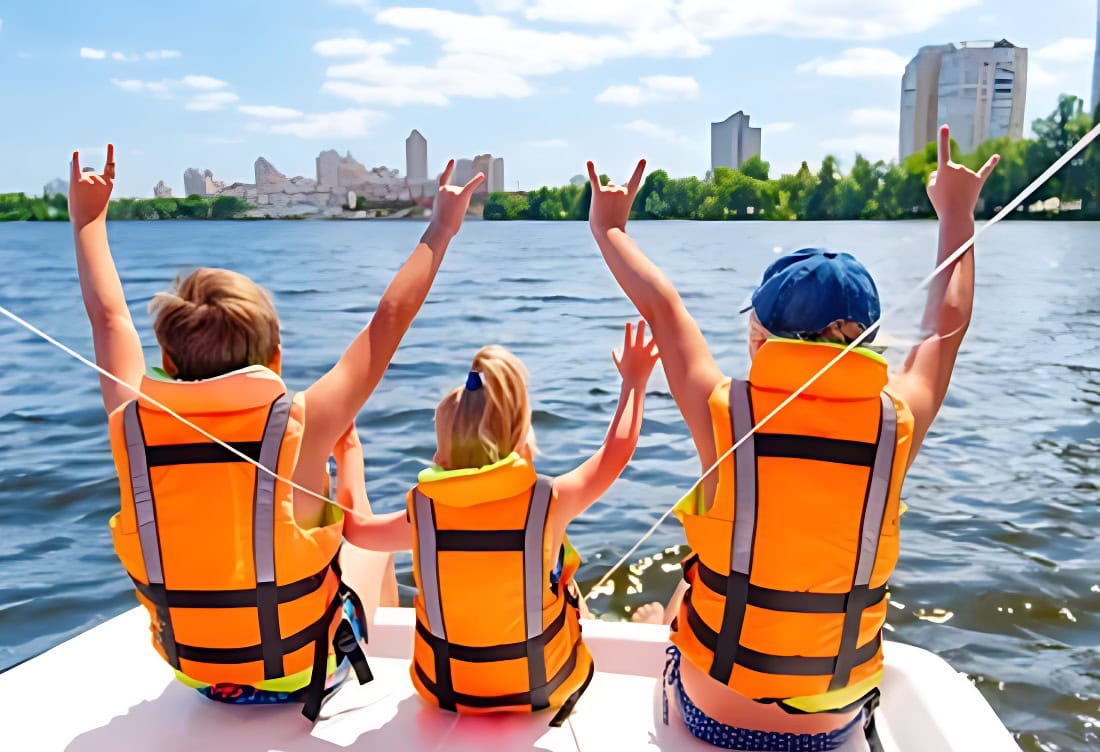
Do you plan to go boating, kayaking, or swimming? Water sports is fun only if it’s safe. Life jackets are vital for water safety, providing buoyancy to keep you afloat and reduce drowning risks. Whether you’re a professional or another water sports enthusiast, we will guide you about sizing, safety standards, and more. Here’s how to choose a life jacket:
Key Takeaways
- Life jackets are vital personal flotation devices that significantly reduce drowning risks in water emergencies, and it’s essential to choose the right type based on water activities and conditions.
- A proper fit is crucial for life jackets to be practical; they must securely support the wearer, especially for children, to prevent slipping and ensure safety.
- Regular maintenance and accessibility of life jackets, including checking for wear and ensuring they are easily reachable, are key factors in their effectiveness during emergencies.
What is a Life Jacket?
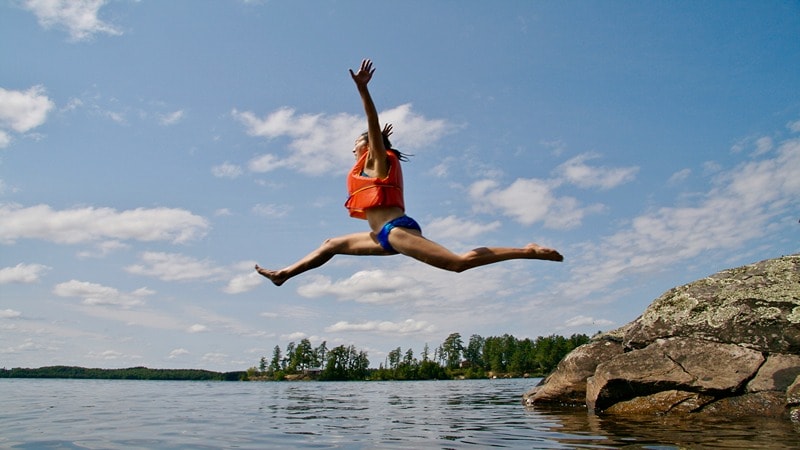
A life jacket is a buoyant device meant to keep individuals afloat, preventing drowning by supporting the wearer on the surface. These sleeveless garments, either inflatable or foam-based, are crucial personal flotation devices (PFDs) that ensure the safety of boaters and water enthusiasts.
Life jackets have certain buoyancy (upward force exerted by a fluid that allows objects to float) levels measured in newtons. It is the weight a life jacket can keep afloat over water. For instance, a 150N life jacket provides about 34 lbs of flotation. Buoyancy depends on foam material or inflated air.
The main role of a life jacket is to keep the wearer on the water’s surface, even during emergencies. A well-fitted life jacket keeps the wearer’s head above water, making it a crucial lifesaving device in unexpected situations.
Why Wearing a Life Jacket is Important
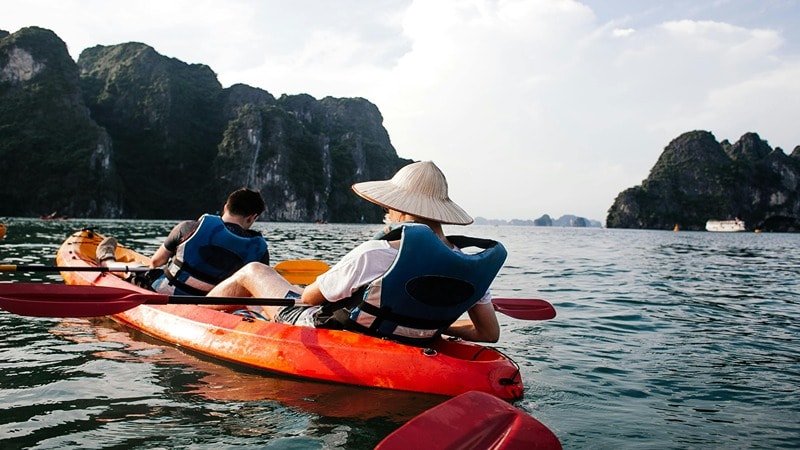
Historical trends suggest that drowning is the leading cause of fatalities in boating, accounting for 75% of deaths. And to your surprise, 85% of victims didn’t have a life jacket on. Wearing a life jacket reduces the risk of drowning during water activities. It keeps you afloat in all sorts of water emergencies like rip currents, capsizing, or entanglement.
You wouldn’t compromise on safety, right? We’ll guide you on how to choose a life jacket. There are various types of life jackets available. Each caters to different water activities and conditions, protecting boaters, skiers, and water sports enthusiasts. Choosing a Coast Guard-approved life jacket guarantees compliance with safety regulations.
Types of Life Jackets
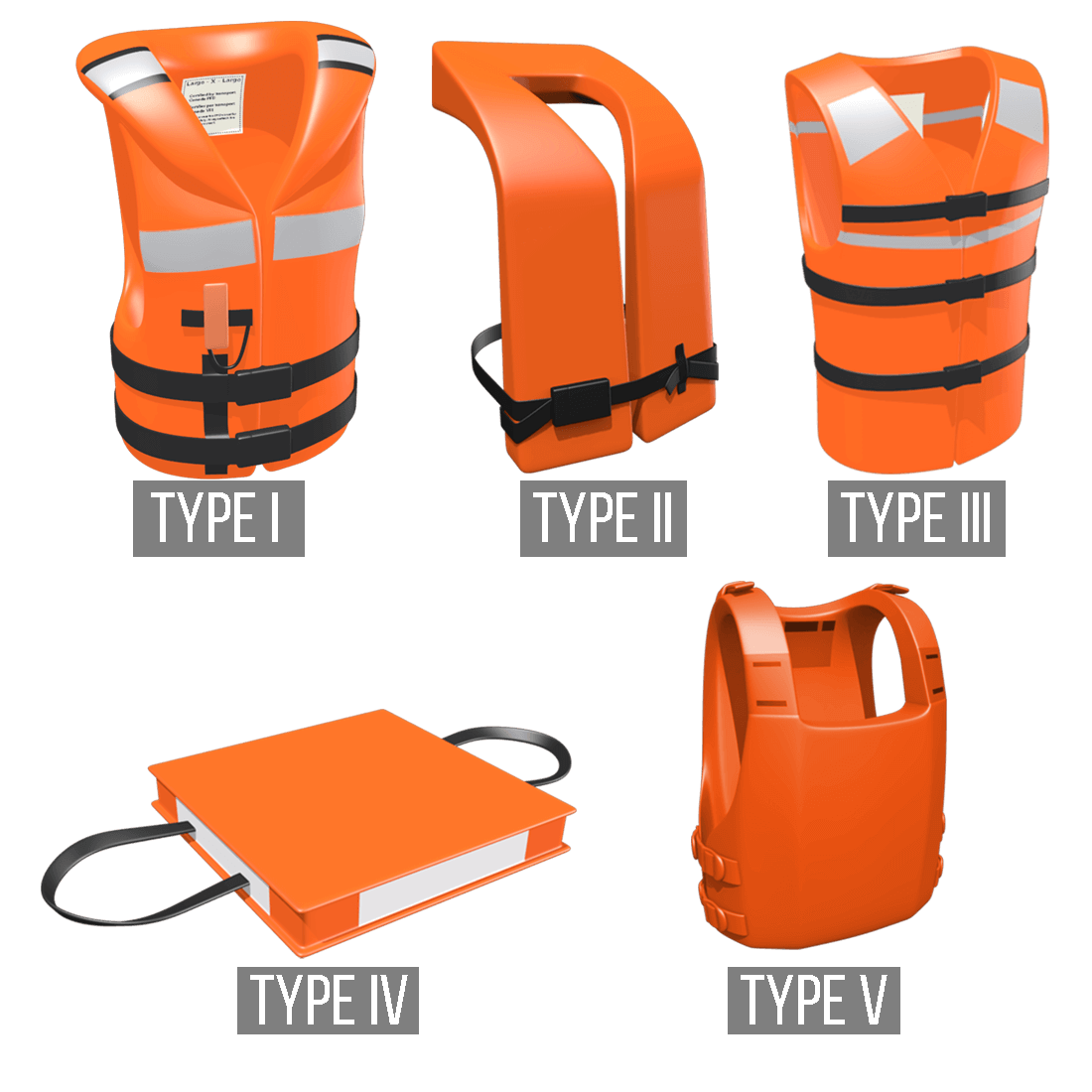
Let’s explore various types of life jackets; each is tailored to specific activities and water conditions. You can choose the one best suited to your needs:
Type I Life Jackets
They provide the highest buoyancy and are ideal for offshore use in turbulent waters. These jackets are designed to turn an unconscious person’s face up, making them suitable for rough conditions.
Type II Life Jackets
They are suitable for calm waters and provide less buoyancy than Type I, making them appropriate for non-swimmers who may need to stay afloat in case of an emergency. Type I is the best life jacket if you’re learning to swim.
Type III Life Jackets
Type III life jackets are designed for active water sports, such as water skiing and personal watercraft operation, offering more freedom of movement while ensuring safety. Most water sport enthusiasts use Type III life jackets.
Type IV & V Life Jackets
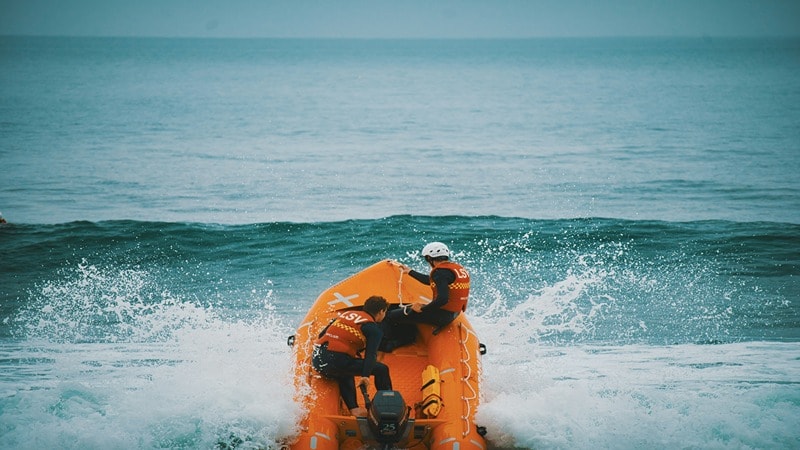
Type IV & V are special types of life jackets. Type IV life jackets are designed to be thrown at a person in an emergency situation. Moreover, Type V life jackets are designed for specific activities like kayaking, windsurfing, and whitewater rafting.
Life Jacket Safety Standards and Certifications
Life jacket safety standards ensure that the jacket will perform as needed in emergency situations. The US Coast Guard has set stringent safety standards for life jackets. When purchasing a life jacket, you must look for USCG-approved options.
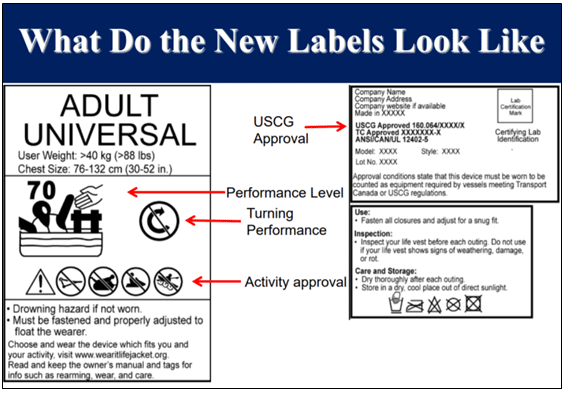
Opting for a Coast Guard-approved life jacket guarantees compliance with safety regulations and effectiveness. Coast Guard approval is not just a regulatory formality; it is a critical assurance of quality and reliability. USCG-approved life jackets are rated for their buoyancy and tested for safety.
The ISO 12402 certifications also govern the safety standards of life jackets. There are four categories, and each has a specific application. Let’s explore more:
| ISO Life Jacket Safety Standards | Buoyancy (Newtons) | Applications |
| ISO 12402-2 | 275 N | Used for offshore applications in extreme weather or industrial use |
| ISO 12402-3 | 150 N | Ideal for coastal sailing or open-water sports |
| ISO 12402-4 | 100 N | Commonly used jackets in boating activities and recreational vessel |
| ISO 12402-5 | 50 N | Best life jackets for water sports, kayaking, and swimming |
| ISO 12402-6 | Variable | Specific applications in military and rescue operations |
How to Choose the Right Life Jacket for Your Needs
Ready for a market hunt? Here’s how to choose a life jacket. Follow our tips to get your hands on the best ones. Choosing the right life jacket requires considering several factors. You should ensure proper fitting and be mindful of specific usage conditions.
Check the Weight and Size Requirements
Weight and size are crucial requirements when selecting a life jacket. For instance, adult life jackets are unsuitable for children due to size and buoyancy differences. The buoyancy level determines the amount of weight the life jacket will keep afloat.

Always check the manufacturer’s size chart. It’s essential to select life jackets that are suitable for different age groups, including adults, children, and infants. Ensuring that children wear a life jacket that fits well can significantly enhance their safety during water activities.
Determine the Activity
The intended activity is another key factor. Different activities like boating, water skiing, and whitewater rafting require specific life jackets designed for those risks. For example, water skiing requires snug-fitting and impact-rated life jackets.
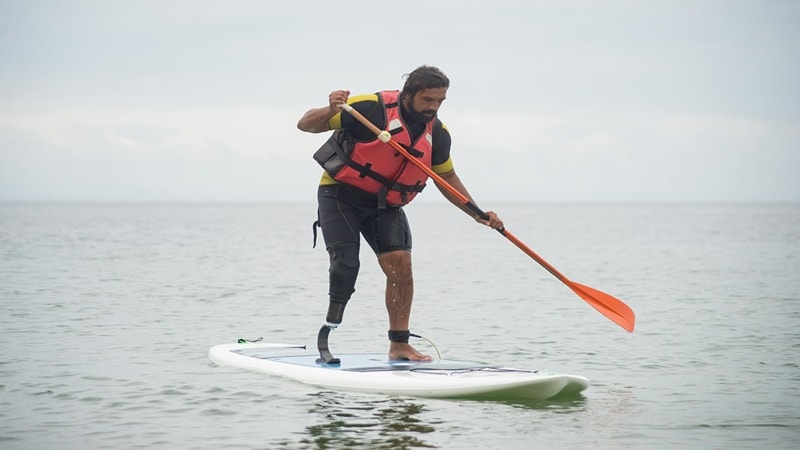
Choosing a life jacket suited to the specific activity ensures optimal safety and performance. You can explore different types of life jackets designed for particular applications. If you’re boating, US Coast Guard-approved Type I, II, or III life jackets are ideal.
Look for Key Features
Essential features determine a life jacket’s suitability for different water conditions. Adjustable straps in life jackets enhance the wearer’s comfort and fit. If you’re going fishing, consider a life jacket with extra pockets for gear storage.
Life jackets equipped with whistle or safety attachments enhance security in emergencies. All these features provide a customizable fit, improving both comfort and safety.
Ensure Proper Fit and Comfort
A proper fit ensures a life jacket’s effectiveness, keeping it in place during water activities. To ensure a snug fit, check that the life jacket is fastened securely and doesn’t ride up over the wearer’s chin or ears during movement.
Compare the life jacket sizing chart with your measurements. You can also wear the jacket to check fitting. The standard test is to lift the jacket at the shoulders; if it moves over your chin or ears, it’s too big. Moreover, adjustable straps and breathable materials enhance comfort and fit.
Life Jacket Sizing and Fit Guide
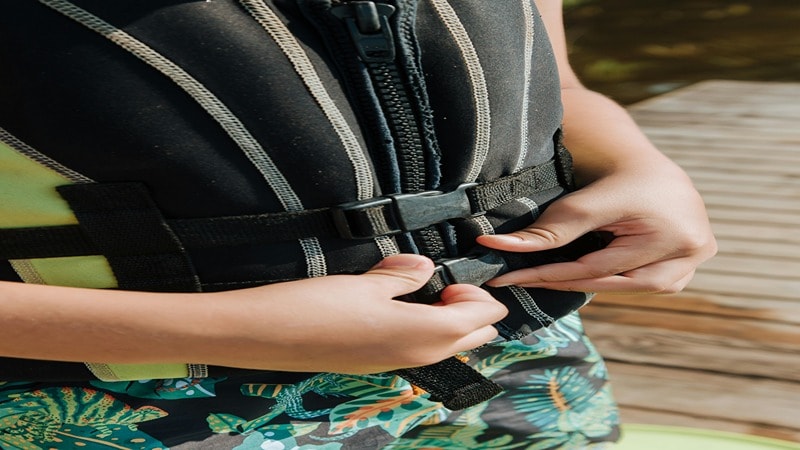
A proper fit in a life jacket is critical for your safety. Choose the right size and ensure it fits snugly without excessive movement. Using oversized jackets is a safety risk as they may slip. Here’s everything on life jacket sizing:
Check the Fit
Always refer to the size chart provided by the manufacturer. Life jackets are typically sized based on weight and chest measurements. You can compare the measurements with your regular shirt size. Try selecting the right size to avoid safety issues.
Fasten all straps, buckles, and zippers to check the life jacket sizing. The life jacket should fit snugly, not too loose nor too tight. A well-fitted life jacket stays in place and provides the necessary buoyancy to keep the wearer afloat.
Fitting Tests
You can perform two tests to check the life jacket sizing and fitting. The Shoulder Lift Test is quite popular and effective. Get someone to pull the jacket from your shoulders while you keep your arms up. If the jacket moves up past your chin or ears, the size is not right for you.
Another test is to simulate water activities. You can move your arms and torso as if paddling, swimming, or casting a fishing rod. It should feel comfortable and not too tight. Pay more attention to arms and chest fitting.
Adjustability and Comfort
Adjustable straps ensure a snug, secure fit, which is crucial for safety during water activities. Comfortable materials reduce chafing and irritation, making life jackets more pleasant to wear for extended periods.
Combining adjustable straps with comfortable materials enhances wearability, encouraging consistent use. This combination ensures the life jacket fits well and remains relaxed even during prolonged wear.
Maintenance and Care Tips for Life Jackets
Life jackets are crucial for preventing drowning and ensuring safety during water activities. Proper usage and maintenance are key to their effectiveness and longevity. Regular use reduces the risk of drowning by up to 80% during recreational boating.
Maintenance involves cleaning and sanitizing life jackets to remove harmful contaminants that can deteriorate materials. Ensuring they are readily accessible and in good condition is vital for safety.
Regular inspections of life jackets are crucial. Check for tears, holes, or any signs of wear, including waterlogging, before each use. Replace damaged or waterlogged jackets to maintain effectiveness. Store life jackets in easily accessible locations, primarily on boats, to ensure quick access in emergencies.
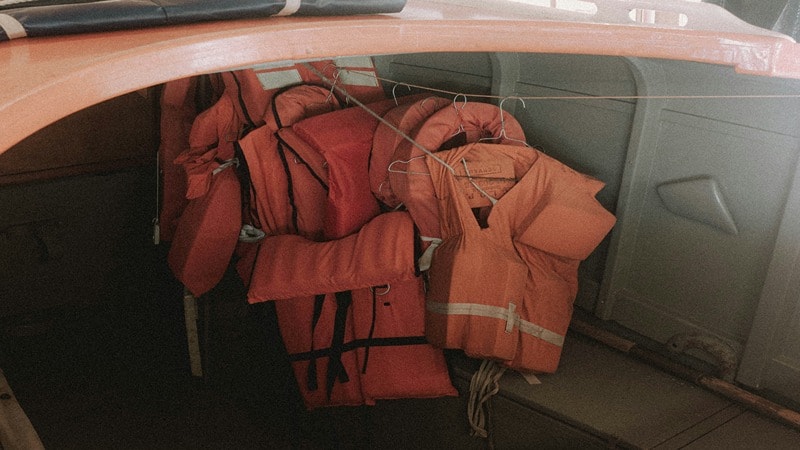
Moreover, avoid storing life jackets in locked compartments or under other gear to ensure quick access in emergencies. Quick access can be the difference between life and death during sudden water emergencies.
Special Considerations
Unique circumstances may require specific life jacket features to enhance safety and performance. For example, Type IV devices are throwable flotation aids, not meant to be worn, and are used when assistance is nearby.
Type V life jackets are specialized for particular activities and may include unique features like hypothermia protection. These considerations help in choosing the right life jacket for specific situations, enhancing overall safety.
Offshore Use
High-performance life jackets are critical for offshore safety due to their design and functionality. Offshore environments present higher risks, and these jackets can significantly increase survival chances with features like high buoyancy, visibility colours, and reflective materials.
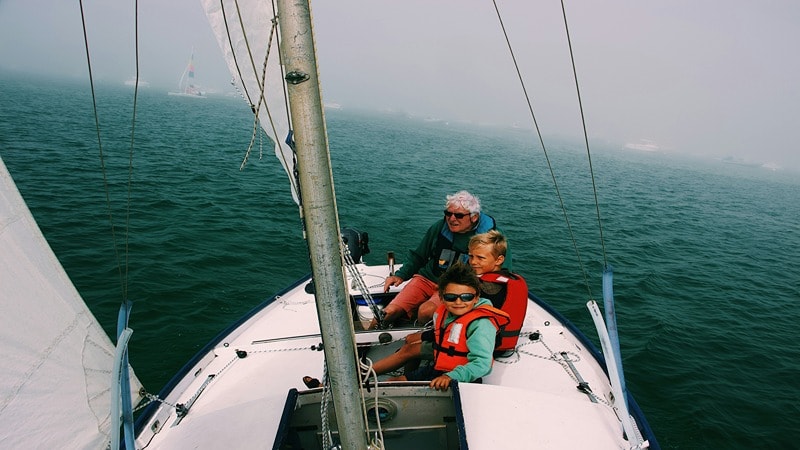
Features like automatic inflation systems and support in rough waters are essential for offshore use. Ensure offshore life jackets comply with safety regulations and are Coast Guard-approved to meet stringent standards.
Enclosed Cabins
Wearing life jackets in an enclosed cabin is a crucial safety precaution. In emergencies such as sudden flooding or capsizing, life jackets significantly enhance survival chances of the person aboard. Enclosed cabins may trap individuals, making it essential to wear life jackets to prevent drowning.
Always follow safety practices by wearing life jackets in enclosed cabins, especially aboard vessels. This ensures everyone aboard has the best chance of staying afloat during sudden emergencies.
Unconscious Person Safety
Life jackets are designed to keep unconscious individuals face up, minimizing the risk of drowning by providing proper buoyancy. They are engineered to maintain this position, significantly reducing the risk.
Certain life jackets are specifically designed to keep unconscious individuals face-up, offering a crucial safety feature in emergencies. Choosing one with this capability can be lifesaving, especially in turbulent waters.
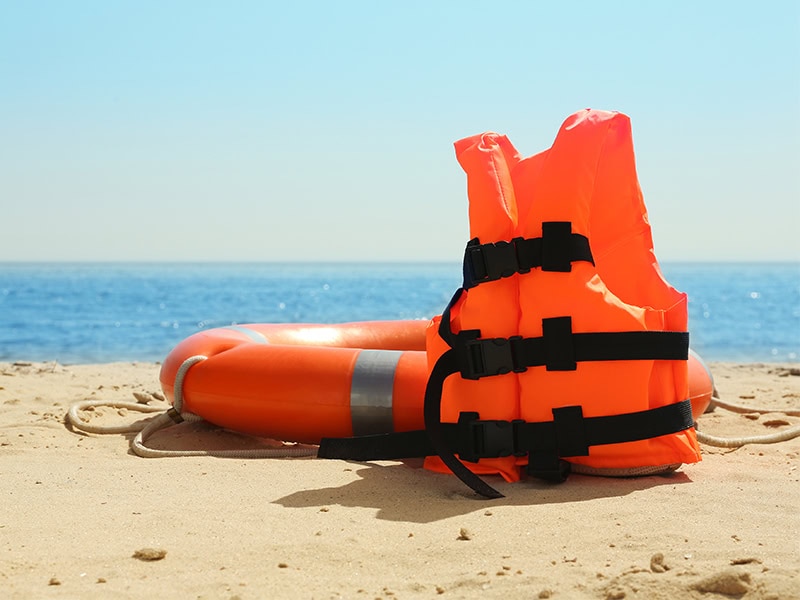
Frequently Asked Questions
How to select the right life jacket?
To select the right life jacket, ensure it fits snugly and does not rise higher than your chin; if it reaches your ears, opt for a smaller size. Additionally, for children, prioritize jackets with a secure crotch strap to prevent slipping. Understanding the intended user is critical to select right life jacket.
Is a level 70 life jacket good?
A Level 70 life jacket is suitable for near-shore use in calm waters, making it a good choice if you’re operating in relatively protected environments where rescue is likely nearby. However, it may not be ideal for rough conditions or offshore activities.
Which is a legal requirement for a life jacket?
It is legally required for children under 13 years of age to wear a life jacket when a vessel is underway, though exceptions exist for being under deck or in an enclosed cabin. Always verify specific regulations with your state boating carriage requirements.
What is the purpose of a life jacket?
The purpose of a life jacket is to provide buoyancy and prevent drowning, ensuring the wearer remains afloat during unexpected situations in the water. By wearing a life jacket, you significantly increase your chances of survival and safety while enjoying aquatic activities.
What is the difference between a life jacket and a life vest?
A life jacket is typically designed for use in emergencies and provides maximum flotation, while a life vest is meant for general water activities and offers less buoyancy. Both are forms of personal flotation devices (PFDs) aimed at preventing drowning.
Conclusion
All set to purchase a life jacket? We’ve guided you on how to choose a life jacket. Follow our pro tips to select the best life jacket for your needs. No doubt, life jackets are indispensable in ensuring safety during water activities. Explore different types of life jackets, select the right one, and check the proper fitting. Stay safe, and enjoy your time on the water!
Are you looking to buy high-quality life jackets? Look no further; Jiekang is the best choice for US Coast Guard-approved life jackets. It has a state-of-the-art production facility with over a decade of manufacturing expertise. You can get all types of life jackets with the highest quality and durability. Get in touch to explore further!

